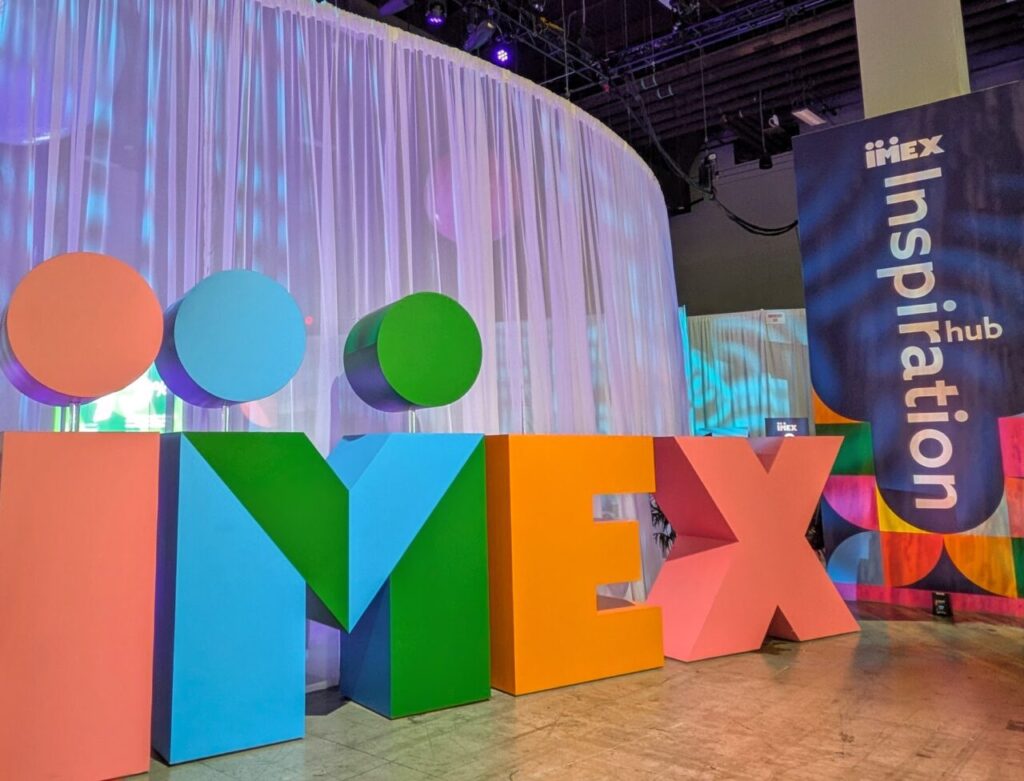Don’t let the $1.5 billion drop in spending fool you into thinking there’s been a decreased emphasis on point-of-purchase advertising. If anything, the opposite is true.
The P-O-P industry underwent some of its most dramatic changes ever in 2001, as marketers streamlined display orders and overhauled execution strategies to better meet retailer demands; as suppliers invested in researching more effective and efficient displays; and as retailers — hungry for that same-store sales growth that makes Wall Street smile — showed a greater willingness to experiment.
Despite all those machinations, spending on P-O-P materials slipped 8.8 percent to $15.5 billion in 2001, according to PROMO estimates based on industry sources. “We always thought we were recession-proof,” says Rick De Herder, president of P-O-P shop Array Marketing, Los Angeles. “That wasn’t the case last year.”
“There was softness in the economy throughout 2001, but Sept. 11 was the exclamation point,” says Dick Blatt, president of trade association Point of Purchase Advertising International, Washington, DC. “A lot of clients were postponing orders before [the attacks], hoping we’d have an economic turnaround in the fourth quarter. That didn’t happen.”
The economy wasn’t the only problem. Although a new measurement study from POPAI and the Advertising Research Foundation further proved the effectiveness of displays, the difficulties in gaining store-level compliance had many marketers hesitant to invest heavily.
Tough Gets Tougher
What’s more, many retailers became even stricter about what they’ll accept. Minneapolis-based Best Buy Co.’s Musicland unit, for example, has banned shelf-talkers, posters, and window clings in its 1,300 stores (reserving those areas for self-branded collateral) and requires that all displays include two-sided signage and merchandise holders.
Similarly, c-store king 7-Eleven has decreased both the amount of signage its stores will carry and the number of messages approved displays can communicate. The Dallas-based chain has taken the concept even further by assuming responsibility for the production of all P-O-P materials from vendor partners — who still foot the bills. (Adams McClure, Denver, does the manufacturing.) The goal is to retain complete control over the in-store environment, says 7-Eleven director of marketing Bob Merz.
Retailers that haven’t taken such drastic measures, however, are still demanding customized materials that offer more than real estate for the store’s logo. Dr Pepper/Seven-Up made Troy, MI-based Kmart happy when it delivered co-branded signage and space on soda bottles to support a program hyping the chain’s private-label Route 66 apparel line.
The tides may be turning somewhat. Bentonville, AR-based Wal-Mart’s decision last year to focus its marketing plan on existing customers rather than new shoppers has the notoriously parsimonious chain more willing to talk displays.
The giant on the other side of the industry, Cincinnati-based Procter & Gamble, has been working with retailers on merchandising displays that increase overall store sales in addition to boosting a specific brand (for an example, see the “grl>lab” that Chicago-based Upshot created for P&G’s Cover Girl and CVS).
Plano-TX-based Dr Pepper last year established a dedicated channel marketing department to better monitor the trade pulse. St. Louis-based Anheuser-Busch began running periodic “Retail Monitor” compliance checks, and meets with retailers before planning to pre-tune activity to account needs. Others are increasing the size of their field forces to help with compliance.
Orders are filtering back in, say suppliers. Marketers are also beginning to sell accounts on permanent displays that regularly refresh with new creative — soon-to-arrive wireless technology should help that become more of a reality.
SNAPSHOT
- Spending fell 8.8 percent to $15.5 billion.
- Trade accounts increasingly demand custom displays.
- Trends point to greater cooperation between manufacturers and retailers.

 Network
Network

